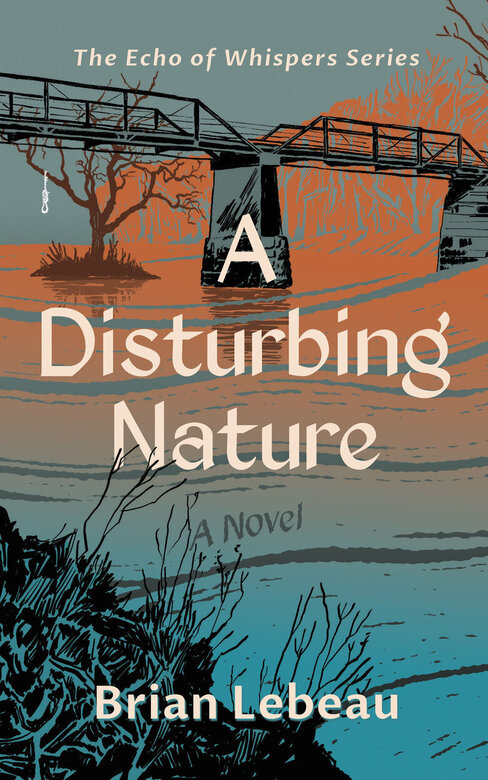
A deep, character-driven mystery, A Disturbing Nature by Brian LeBeau is a patient maze of a novel, leading readers on a grim journey through suspicion, murder, and obsession.
Mo is a quiet and mysterious young man with a mind that never caught up to his impressive size, and a lifetime of taunts and tragedies that never leave him. Even as he starts a new chapter at Bryant College as a groundskeeper, where for the first time “independence is not equated with exile,” the jagged pieces of his past are impossible to leave behind. Unfortunately, new surroundings don’t mean an end to poor treatment from his new housemates.
What’s worse, his outwardly innocent demeanor is called into question when the bodies of young women begin to appear, and all evidence points to someone who works at a greenhouse. Still unable to escape the assumptions that began so many years ago, Mo falls into the crosshairs of a relentless investigator, but his guilt remains perpetually unclear – to readers, and even to himself.
Francis Palmer is similarly haunted, but by something very different – the bloody trail of mass murderers he has tracked throughout his career with the FBI. Despite his skills of perception, chasing monsters can sometimes let them inside, and his battle to calm his own beast is a brutal one that blankets this novel with tension. After spending most of the book hunting the horrifically infamous Ted Bundy, a new string of horrific acts pulls him into a fresh hunt, where the line of his control begins to blur, making him a compelling protagonist that teases the divide between hero and villain.
Despite being on opposite sides of a grim investigation, the similarities between this pair are striking, particularly the complex relationships with their deceased fathers, and their inability to overcome their anxiety and past traumas. However, there are some issues with the overall structure of the novel; the story progresses in fits and starts, flashing back through decades and years somewhat haphazardly. While this allows the author to slowly unspool this tangled plot, it can be jarring at times even for a non-traditional narrative, and it can be difficult to keep the multiple timelines straight. Leaping from the 1930s to 1950 to Mo’s childhood in the 60s makes for a comprehensive tale, but one that requires near-constant focus and attention.
Additionally, some of the excess backstory and exposition feel like filler, and while readers are given extreme depths of character development, the pace of the novel is sluggish. The crux of the novel doesn’t kick into high gear until past the halfway point, which may leave readers feeling like the story takes a decidedly slow start after the teaser of an opening. Otherwise, there are few editorial errors to speak of, and the dialogue is purposefully edited, allowing the narration to do most of the storytelling, though Lebeau occasionally shares the emotional states of characters that could likely be gleaned through context clues.
Overall, despite some issues with story structure, it is difficult not to be sucked into this remarkably thorough and carefully crafted mystery, which deftly explores the nature of violence and memory.
Book Links
STAR RATING
Design
Content
Editing
Get an Editorial Review | Get Amazon Sales & Reviews | Get Edited | Get Beta Readers | Enter the SPR Book Awards | Other Marketing Services























Leave A Comment